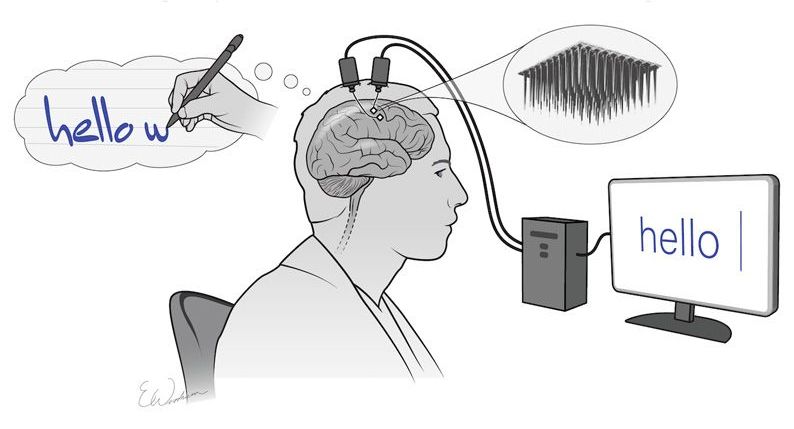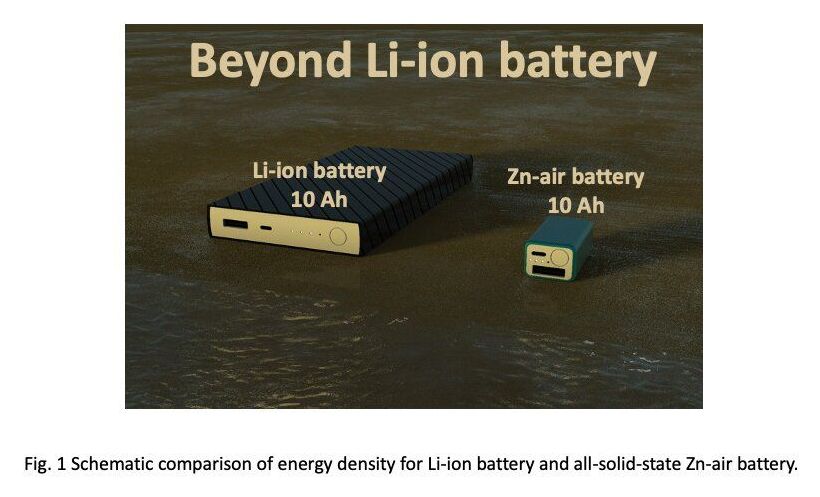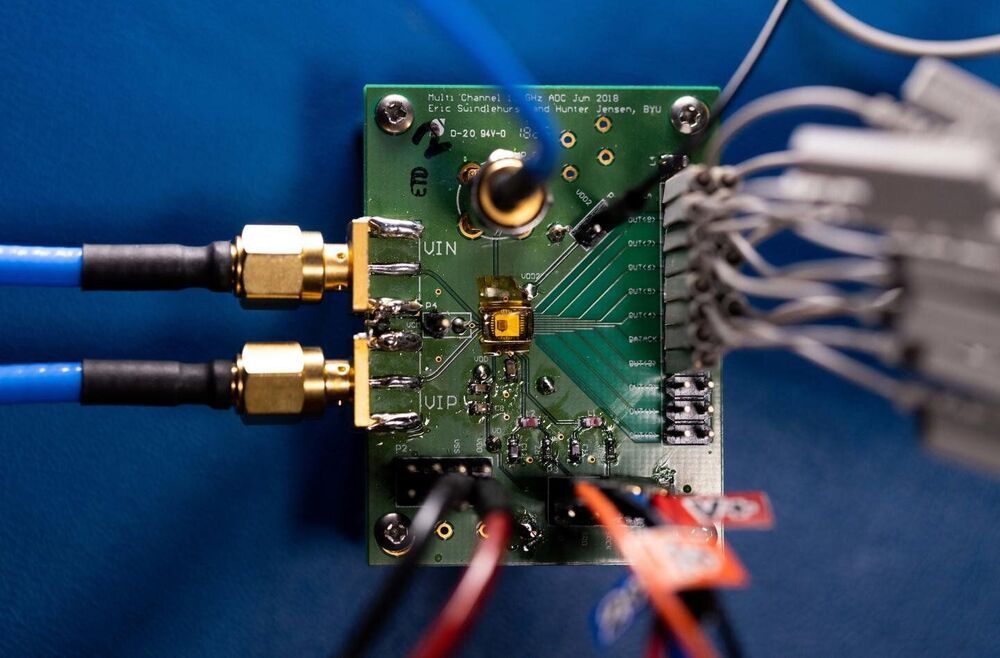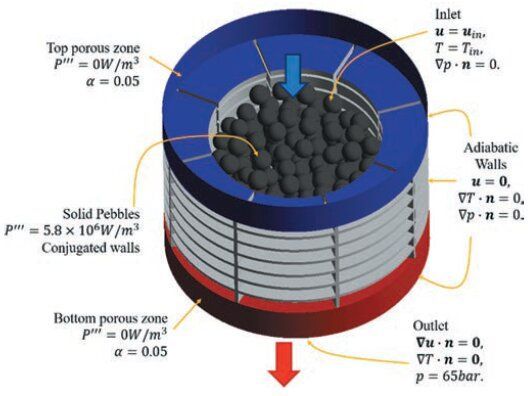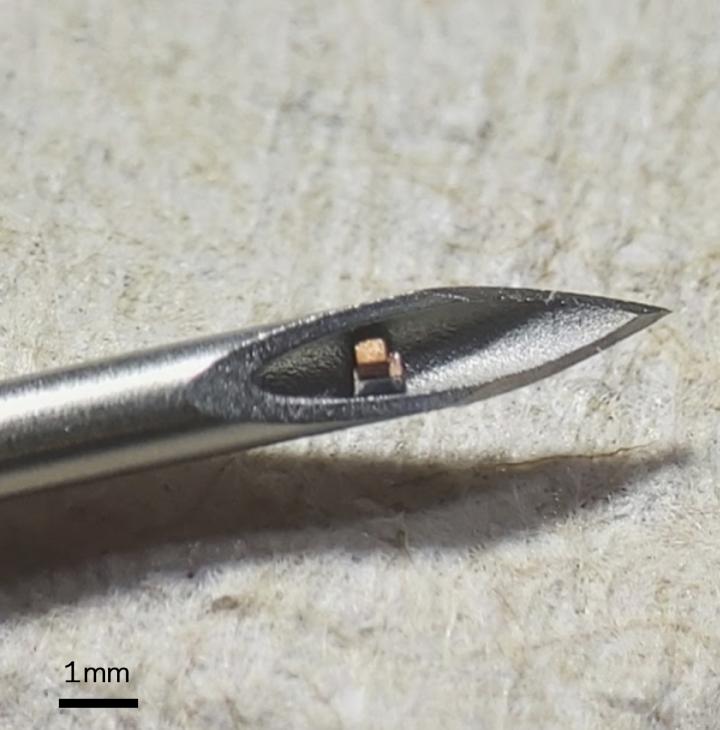May 22, 2021
Study shows which North American mammals live most successfully alongside people
Posted by Genevieve Klien in category: futurism
Scientists at UC Santa Cruz led a team of researchers from 30 institutions across North America in analyzing data from 3212 camera traps to show how human disturbance could be shifting the makeup of mammal communities.
The new study, published in the journal Global Change Biology, builds upon the team’s prior work observing how wildlife in the Santa Cruz Mountains respond to human disturbance. Local observations, for example, have shown that species like pumas and bobcats are less likely to be active in areas where humans are present, while deer and wood rats become bolder and more active. But it’s difficult to generalize findings like these across larger geographic areas because human-wildlife interactions are often regionally unique.
So, to get a continent-wide sense for which species of mammals might be best equipped to live alongside humans, the team combined their local camera trap data with that of researchers throughout the U.S., Canada, and Mexico. This allowed them to track 24 species across 61 regionally diverse camera trap projects to see which larger trends emerged.



